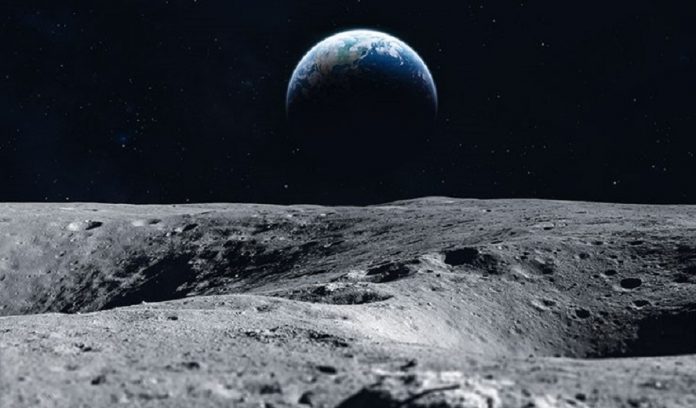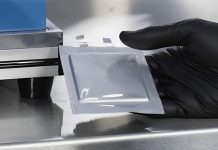
For the first time ever, a small Australian-made rover will be sent to the Moon to help collect research and data to prepare the way for humans to live there.
The Federal Government has reached an agreement with NASA for an Australian, semi-autonomous rover to be included in a future mission to collect lunar soil that contains oxides. The rover will carry separate equipment that NASA will use to attempt to extract oxygen from the soil.
Making the announcement, Prime Minister Scott Morrison said leading Australian businesses and researchers will come together to develop the rover, backed by $50 million in funding from the Trailblazer program in the Government’s Moon to Mars initiative, which is expected to open later this year.
“This is an incredible opportunity for Australia to succeed in the global space sector, and is central to our Government’s vision to secure more jobs and a larger share of the growing space economy,” the Prime Minister continued.
“By 2030, we want to triple the size of our space sector – adding $12 billion to our economy and creating up to 20,000 new, high-skilled jobs – providing more opportunities for Australians and industries.
“This mission to the Moon is just one exciting way that we can create opportunity and jobs for the future, and our Government will ensure Australians reap the benefits.”
Minister for Science and Technology Melissa Price said the milestone agreement marked the beginning of a new era for Australia’s space sector.
“With our expertise in robotics technology, NASA wants to partner with us on this project to the Moon, creating our own lunar history,” Minister Price said.
“As well as putting Australia front and centre for scientific discoveries, our $50 million in support gives Australian businesses and researchers the opportunity to contribute to NASA’s mission to the Moon and beyond.
“It will build the Australian space sector’s capability and capacity and showcase Australia’s strengths to the world, as well as inspire a whole new generation of young people to enter careers in science, technology, engineering and maths.”
NASA Administrator Bill Nelson said the agreement would strengthen the longstanding relationship between the US and Australia in space exploration.
“By working together with the Australian Space Agency and our partners around the world, NASA will uncover more discoveries and accomplish more research through the Artemis program,” Mr Nelson added.
Provided it meets a range of conditions during its development, the Aussie-made rover will fly to the Moon as early as 2026.




















